How Farmers Grow Sweet Potatoes in California
Sure, sweetpotatoes are delicious, but what do you really know about them? A lot of people have common misconceptions about the root veggie. For starters, a sweetpotato is NOT a yam. And just in case your mind isn’t blown yet, it’s not a tuber like it’s starchy white cousins, either. We talked with two veritable sweetpotato experts, Jason Tucker and Brad Ralls, who walked us through the entire process, from selecting and growing the right plants all the way to packaging. (PS: yes, sweetpotato is actually one word! However, folks who grow sweet potatoes use the terms interchangeably since most consumers and grocers call them sweet potatoes.)
Let’s head to the field
Jason Tucker is a lifelong sweetpotato farmer in Merced County, CA.
We met up with him during harvest and asked him to shed a little light on how farmers grow sweet potatoes and harvest them. Tucker started off by explaining why the Central Valley, specifically the Modesto/Merced area is home to so many sweetpotato farmers. Approximately 22,000 acres of California farmland are planted to sweetpotatoes, and around 80% of that acreage is in Merced, Fresno and Stanislaus Counties. The secret is in the soil.
Sweetpotatoes thrive in the area’s sandy soil, which not only prevents them from over-absorbing water and nutrients, but also is less likely to damage the delicate root when pulling it out of the soil. The Valley’s hot, sunny climate is another factor. Sweetpotatoes thrive in the California sunshine.
Planning for success
Ensuring a successful crop starts with procuring the best possible plants. Sweet potatoes are bred at university level for size and shape. Different varieties are crossbred to yield desirable shape, skin, flavor and color characteristics. Tucker gets his sweetpotato plants from UC Davis, where they are rigorously tested for any viruses or diseases. Soil changes slightly in different parts of the valley, so plant choices vary according to a field’s specific soil type.
Winter is coming
Once the appropriate variety is selected they are put in the greenhouse and propagation begins. Tucker tends to thousands of plants in his greenhouses throughout the winter.
Gimme some sunshine
When the weather warms up, usually around April or May, the plants are cut back and transplanted into the prepared outdoor beds. To give you some sense of scope, each acre of land is home to around 13,500 sweetpotato plants!
After planting, a stem grows down into the soil. Fun fact: a sweet potato is not a tuber, it’s actually a swollen root. Hence, the term “root vegetable”. Each stem yields between 4-6 sweetpotatoes.
Once the plants are in the ground, growing season lasts anywhere between 90-150 days. Sweetpotato plants grow vigorously, so by the time that the crop is ready to be harvested, the entire field is covered in lush green leaves.
Keeping things green
Tucker’s team does more organic farming than in the past. That means that rather than spraying chemicals on his fields, farmworkers are responsible for walking up and down each row and hoeing or hand pulling any unwanted weeds. Since sweetpotatoes grow underground, this is particularly important issue. Just a few weeds can choke out nutrients and water from the vines, and even cause premature death.
How sweetpotatoes are harvested
The first order of business is mowing down the plants. This takes place a week or two before harvest and helps the potato to cure underground. “You want the vine and roots as dry as possible when coming out of the ground,” Tucker explains. For this reason, most sweetpotato farmers use drip irrigation, giving them the ability to put the exact amount of nutrients and water on the potatoes.
Once the crop has cured, a larger harvester pulls the potatoes out of the ground onto a trailer.
A crew of 6-7 farmworkers is responsible for handsorting the sweetpotatoes according to size.
Medium and smaller sweetpotatoes are perfectly sized personal baking potatoes, while jumbos are good for casseroles or family style dishes. In recent years, the smallest sweetpotatoes have been packaged as mini sweetpotatoes, often appearing in specialty grocery stores or restaurants.
It’s a tough job
Sweetpotatoes are one of the most labor intensive crops. To avoid damaging the delicate root, much or the work must be done by hand. Harvest is a grueling, time consuming process, with each crew covering only around a half acre per day. “We really do value the workers we have here,” Tucker says. “We have many multigenerational families that work with us and families that have partnered with us and take a lot of pride in what they do.”
“You have to love what you do.”
Tucker says you have to love what you do and love the commodity you grow. His love for sweetpotatoes is evident in the way he and his team operate. It’s very important to them to treat the crops with respect and handle them with care.
We asked Tucker to share why he loved farming in the Central Valley, and he called out two main factors – climate and community. “All year long, you’re talking some of the best weather in all of CA and all of the United States,” he states. “We have some of the warmest days, which are great for sweetpotatoes because they need a lot of heat. I like growing in the Central Valley because of the type of community within the sweetpotato industry. A lot of farmers help each other, we share a lot of knowledge and advice. There’s a wealth of knowledge from guys who have gone before me and really shown me a lot.” Approximately 90 sweetpotato growers operate within the Merced county area, providing ample opportunities for mentorship and collaboration.
Packaging the sweetpotatoes
After Tucker explained the growing and harvesting process, we paid a visit to Brad Ralls, manager at Mininger Foods, a sweetpotato processing plant.
Ralls guided us through how the the sweetpotatoes are prepared for packaging.
Keep it clean
Once the crop arrives at the packing house, it is equally important to handle each sweetpotato with care to avoid any scratching or damaging. The first step – a parasitic acid bath.
For anyone concerned about this step, Ralls reassured us that it is both organic and harmless. “Think of it as peroxide,” Ralls states. “It breaks down into water and oxygen.”
After the acid wash, sweetpotatoes head to the grading table. The team looks for defects and either cuts them off, or disposes of the potato entirely.
After the potatoes have been inspected for any defects, they are run through a brush scrubber.
Chop chop
A conveyor belt transports the squeaky clean sweetpotatoes to the cutter, where they are chopped into 1/2 inch cubes.
The cubed sweetpotatoes are subject to a final wash. At this stage, magnets are used to make sure no undesirable items end up in the packaged product. Cubed potatoes are put into a spinner to remove and excess moisture.
Seal the deal
At this point, the sweetpotatoes are ready to be packaged. A team of workers tackles this job manually.
Once the bags are filled, they are sent through the sealer where they receive a lock code and a best buy date. Finally, the packages are loaded into cases of 25 and ready to be shipped out to your local grocer!
Hungry yet?
Now that you know how sweetpotatoes are grown, let’s talk about our favorite ways to enjoy them!
Root Vegetable Gratin
Craving comfort food? Just thinking about this Root Vegetable Gratin makes us happy. A trio of sweetpotatoes, beets and parsnips are covered in a creamy, cheesy sauce and baked to perfection. We’ll take seconds!
Sweetpotato Flatbread
These phenomenal flatbreads are super easy and super healthy! Make them ahead of time to have a quick and delicious meal on the table in minutes. We topped ours with mozzarella, sausage and spinach, but the possibilities are endless. You do you.
Sweetpotato & Lime Taquitos
Our friend Meg’s Sweetpotato and Lime Taquitos are absolutely magical. Serve with an Avocado Dipping Sauce and watch them disappear!
Obviously, these are just a few ways to enjoy California Grown sweetpotatoes. Check out our recipes page for more inspo, and be sure to follow us on Pinterest, too!
Want to share you favorite sweetpotato recipes with us? We’d love to see how you’re enjoying CA Grown sweetpotatoes. Snap a pic and post on social using #CAGROWN.
Article by Hilary Rance. Photography courtesy of Alycia Moreno.

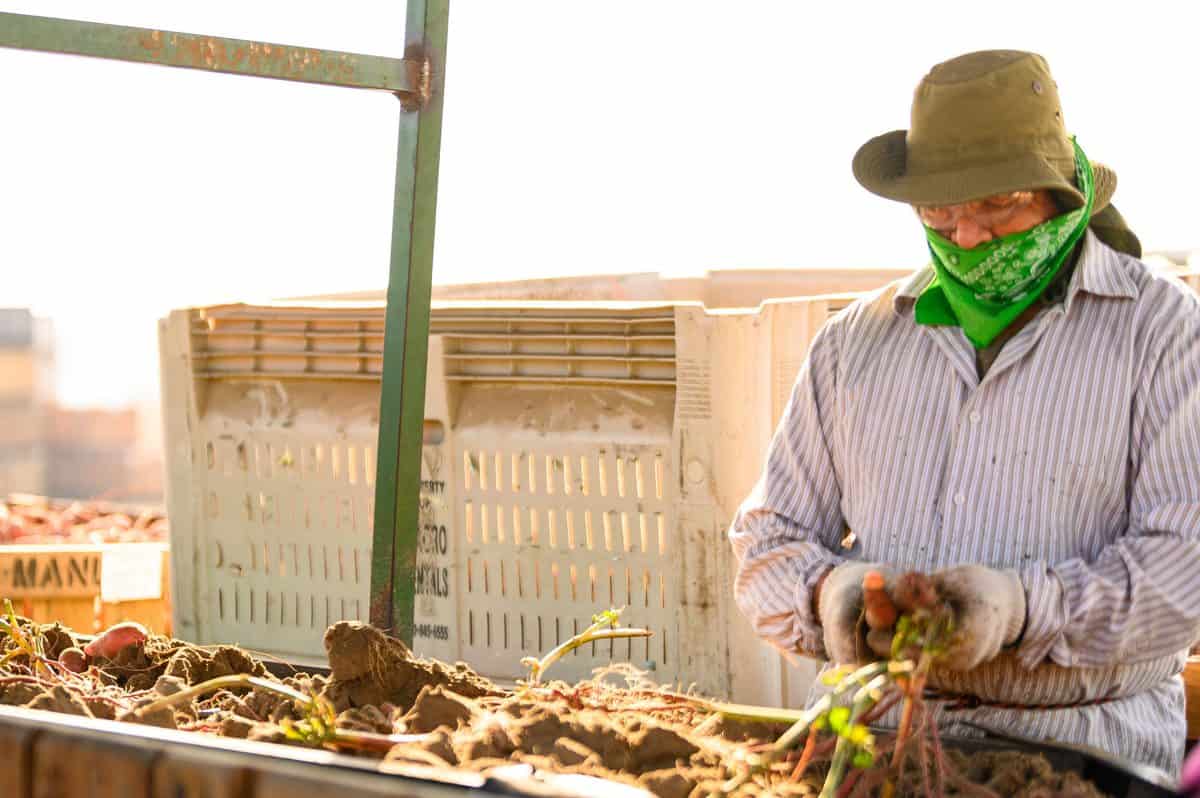
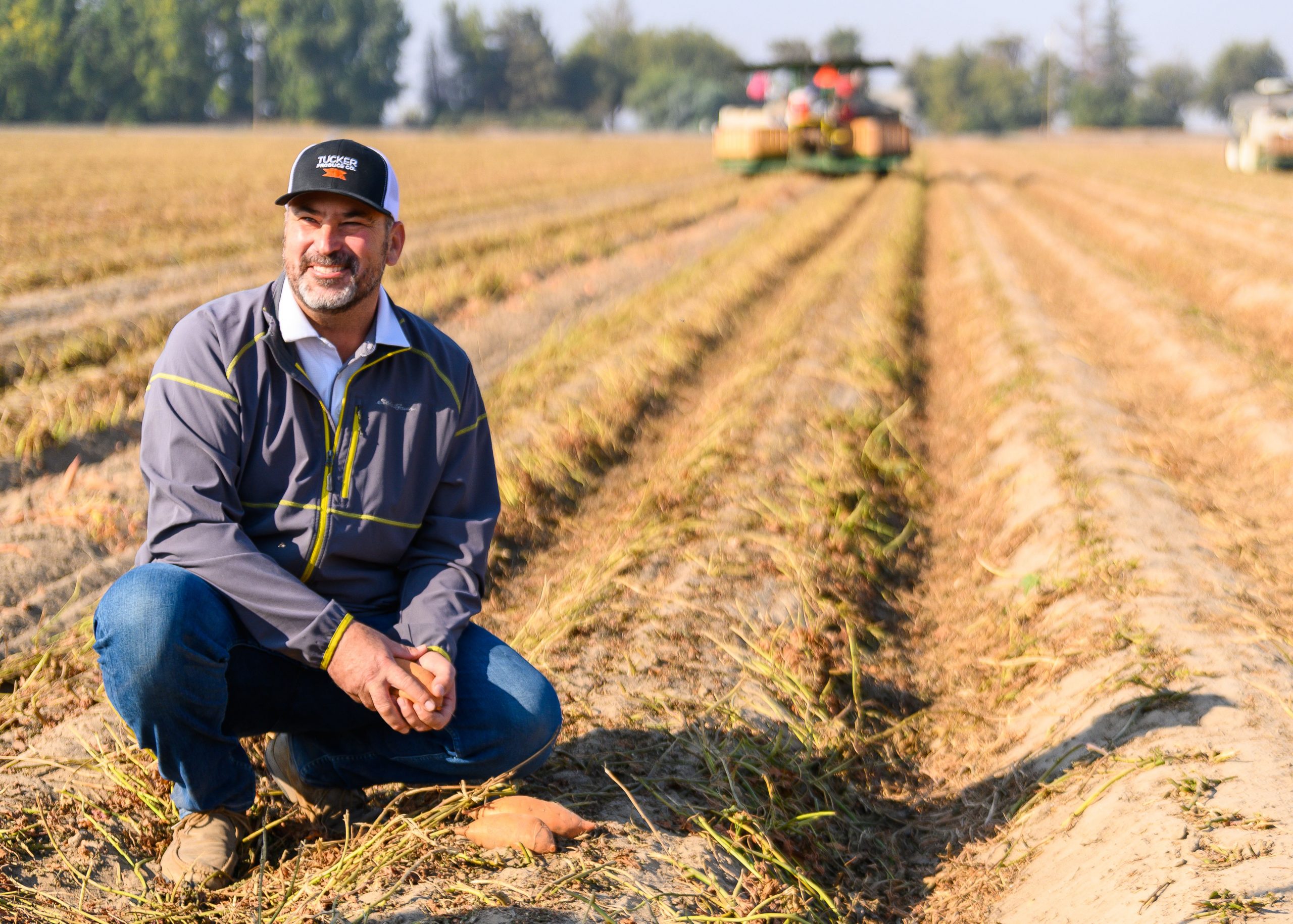

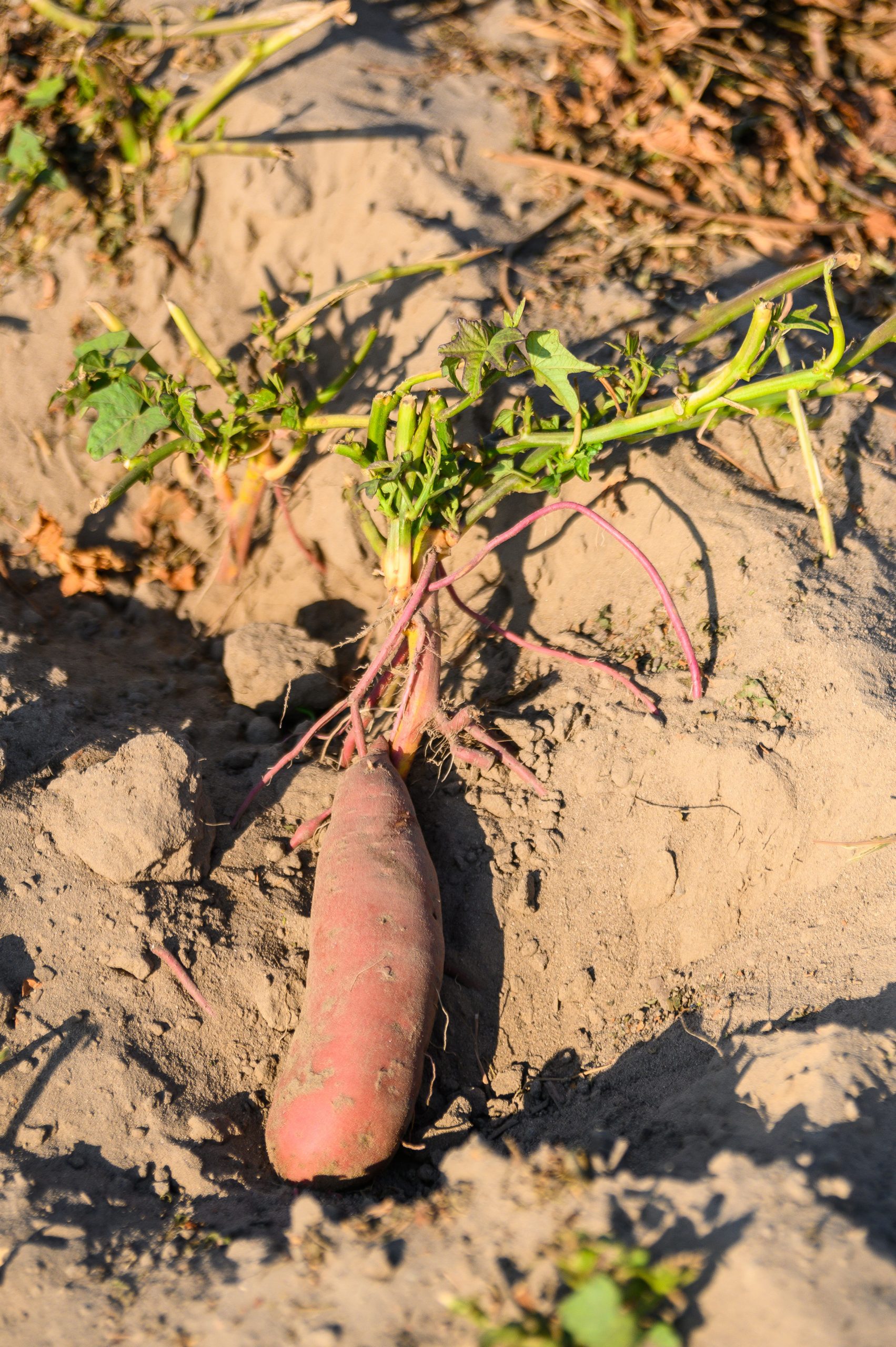
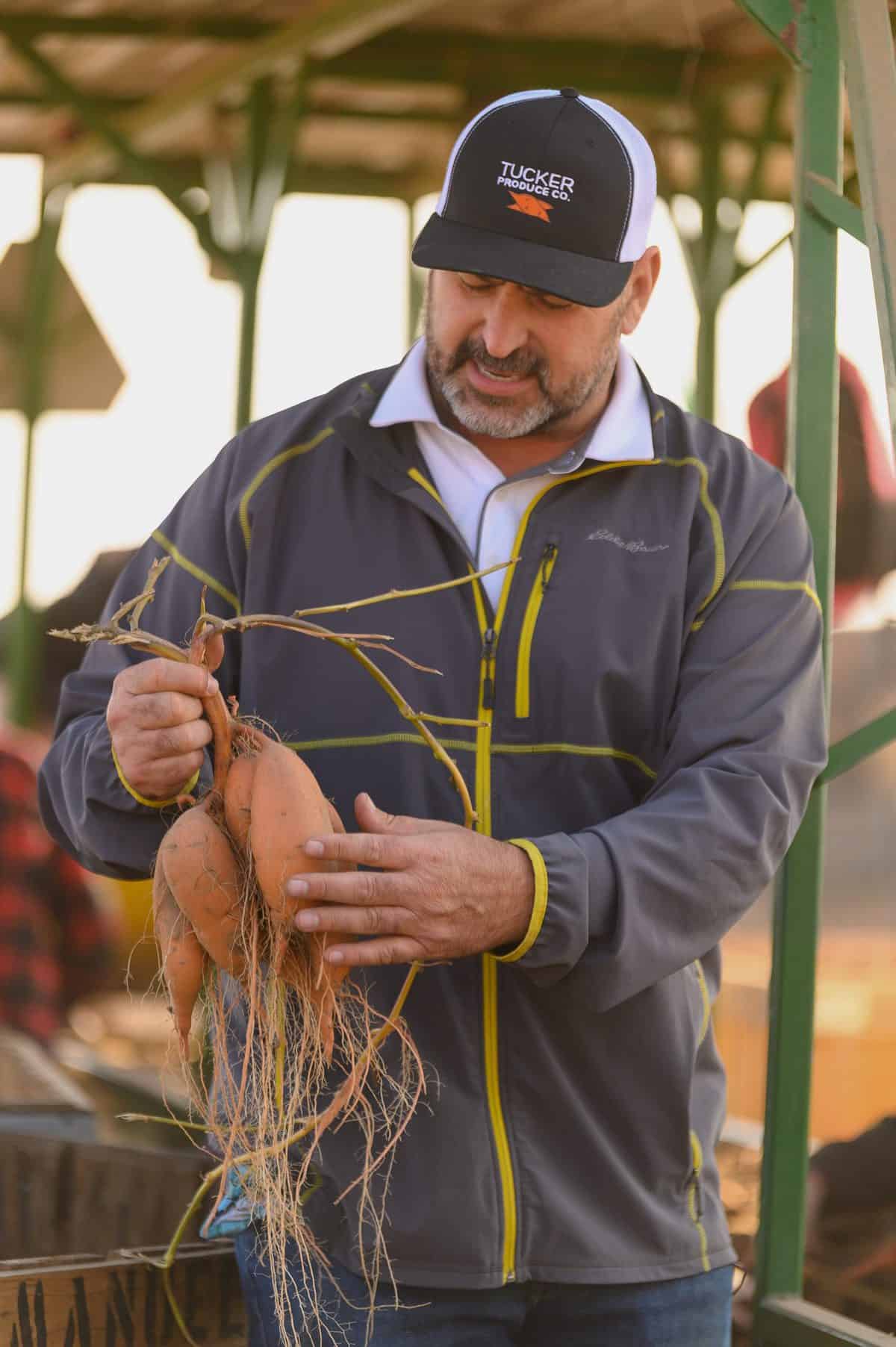

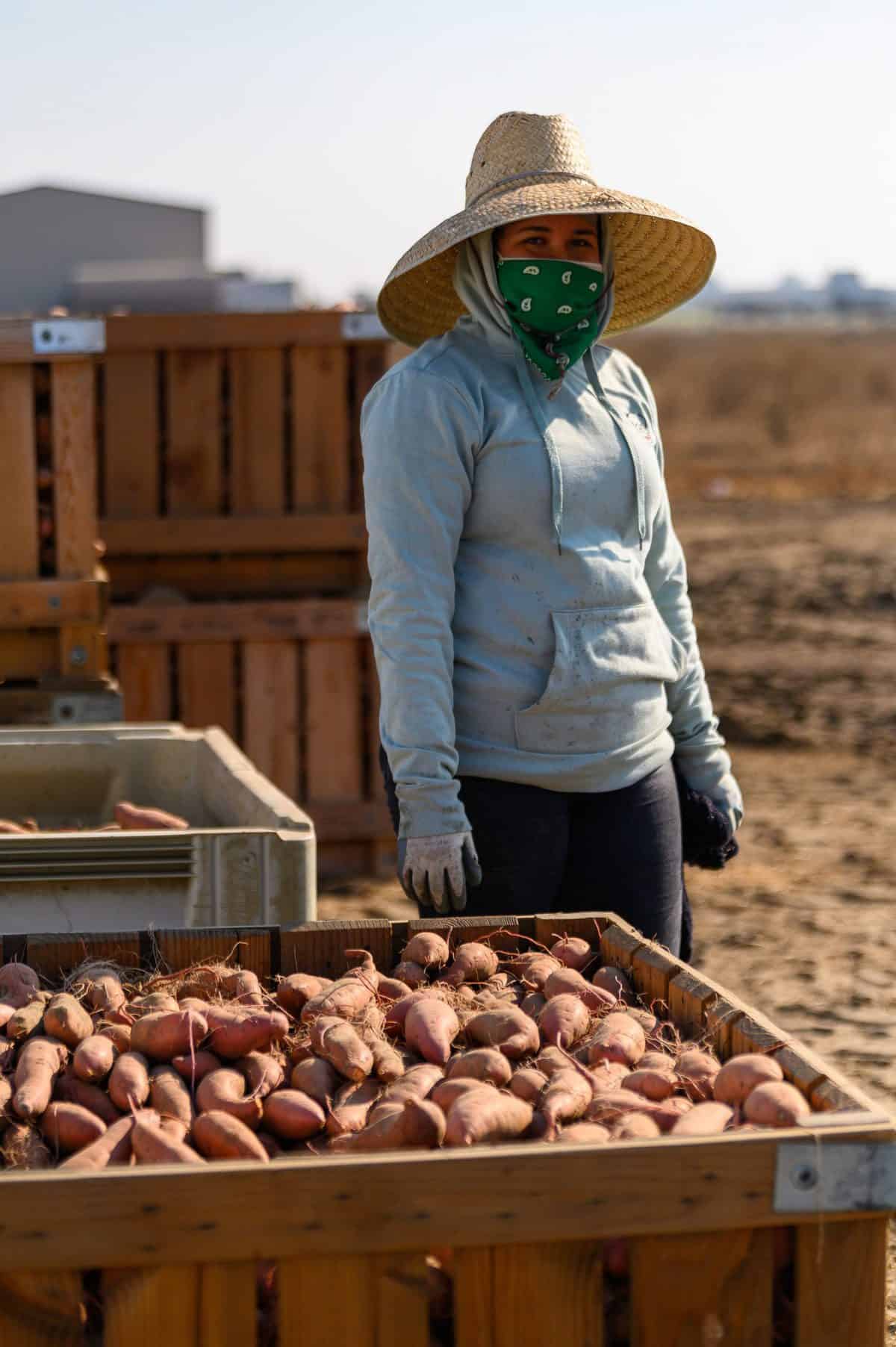

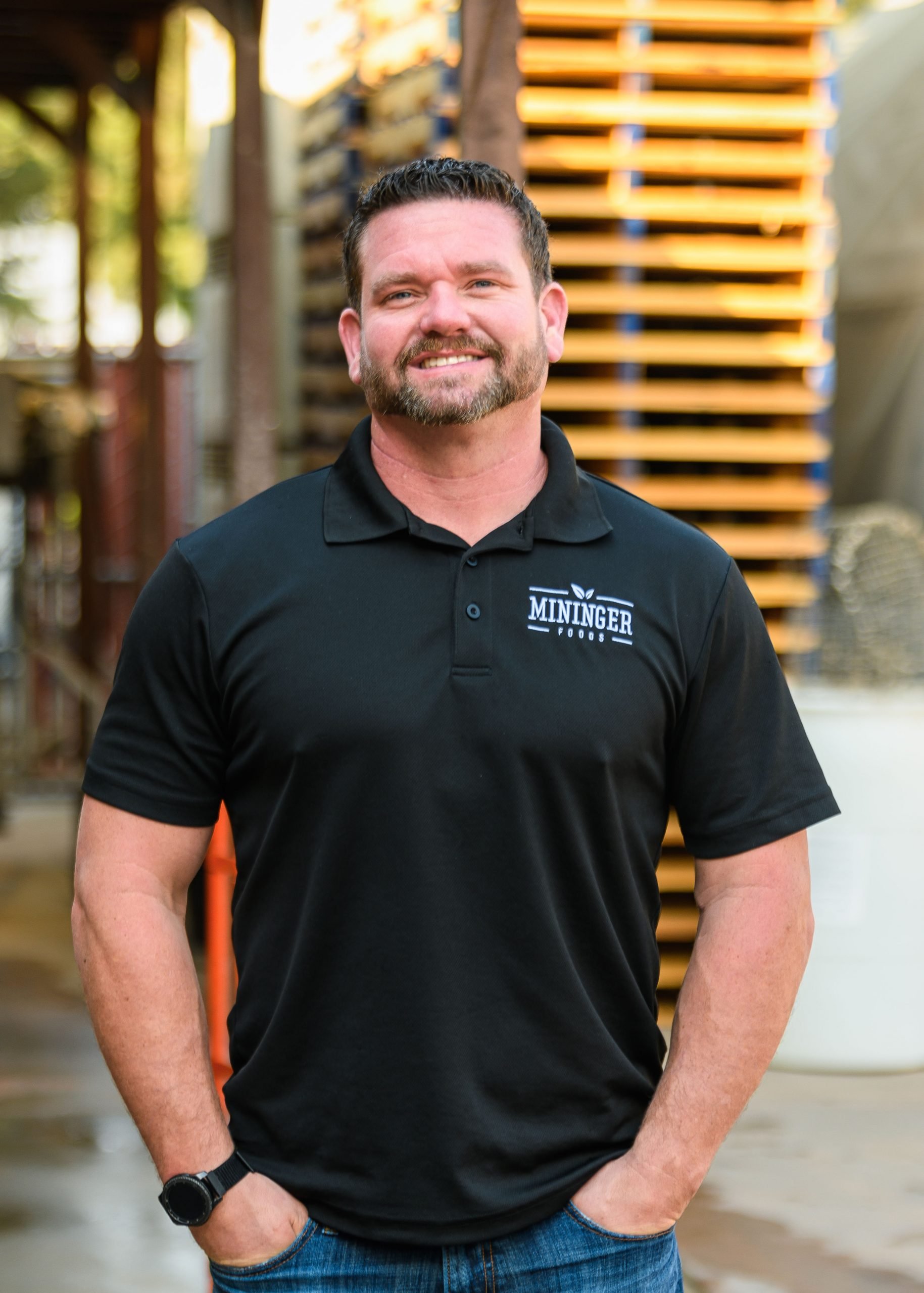


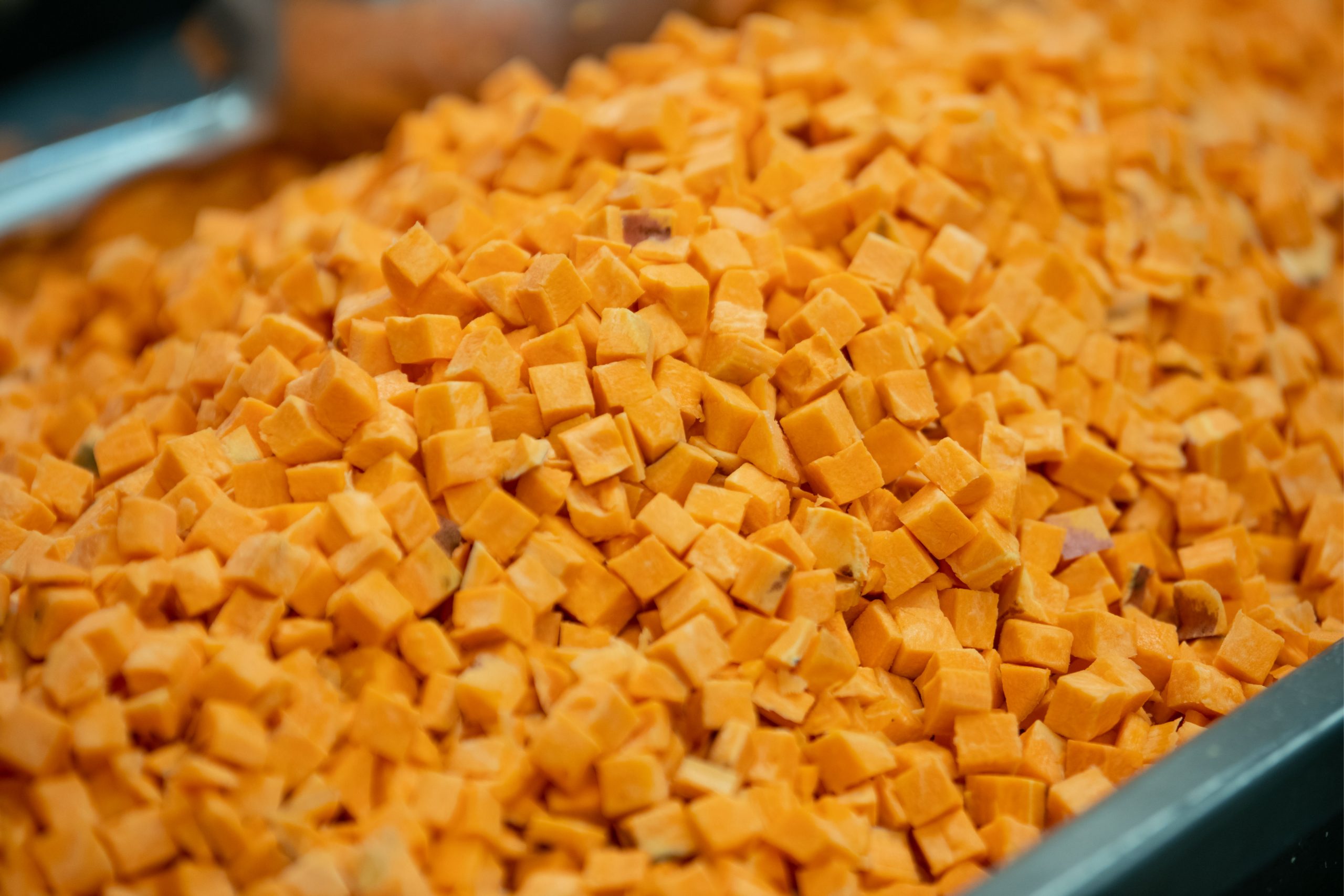




Thank you for this wonderful video. From the SJ valley, born on castle air force base, I love the sweet potato , I have only dedicated 1 acre for my garden, in the san bernardino desert, I will see how this goes for me. I thank you for sharing the information, i come from a family that packed tomatoes and my grandfather grew grapes. I have inherited his 1955 case and i am trying to emulate his work.
we love sweet potatoes and this was so interesting really enjoyed learning more about that dear old sweet potato
I grow a small 1/2 acre of sweet potatoes for our farmers market. it was enjoyable hearing how you grow yours. I have 5 varieties that I grow. I am trying to decide which ones I want to grow regularly. thank you for sharing your knowledge. I use spent mushroom compost to grow my sweetpotatoes in. we have clay soil so we make our rows out of spent mushroom compost and plant directly into the top of the compost row. the compost is soft, loose and full of nutrients for the vines. when harvest time comes the sweetpotates have formed in the hills and are very easy to harvest.